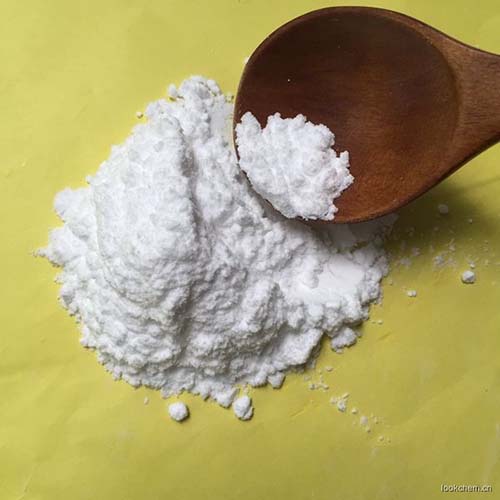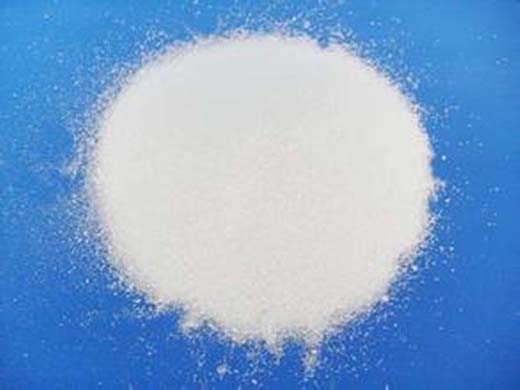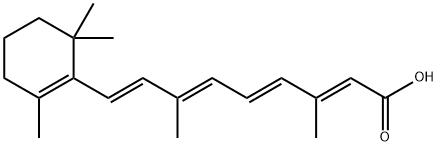The role of retinoic acid in medicine
Apr 8,2022
Introduction
Retinoic acid, the molecular formula is C20H28O2, is the metabolic intermediate product of vitamin A in the body[1], which mainly affects the growth of bone and promotes epithelial cell proliferation, differentiation, keratolysis and other metabolic effects. For the treatment of acne vulgaris, psoriasis, ichthyosis, lichen planus, pityriasis rubra pilaris, keratosis pilaris, squamous cell carcinoma and melanoma. In 1988, Chinese scholar Wang Zhenyi first successfully applied all-trans retinoic acid (ATRA) in the treatment of acute myeloid leukemia (APL) in the world, which not only achieved a high complete remission (CR) rate, but also did not induce DIC and bone marrow. Inhibition, opening up a new way different from the combination chemotherapy induction treatment of APL. Due to the advantages of low cost and convenient use, ATRA is recognized as the drug of choice for induction therapy of APL.
Pharmacology
Epidermal keratinocytes, melanocytes and dermal fibroblasts are all important target cells of retinoic acid. Retinoic acid can affect the melanin production of melanocytes, and its effect is multi-site, and it has inhibitory effects on the activities of three types of catalytic enzymes such as tyrosine hydroxylase, dopa oxidase and dihydroxyindole oxidase, thereby Reduces melanin formation and lightens skin pigmentation. Retinoic acid had no effect on normal human melanocyte tyrosinase activity and melanin composition. When the skin undergoes physiological aging, or is injured by drugs, ultraviolet radiation and trauma, retinoic acid can correct or prevent the abnormality caused by harmful factors to the biochemical composition and morphological structure of the dermal connective tissue, stimulate the synthesis of extracellular matrix protein in the skin, and promote the synthesis of extracellular matrix proteins in the dermis. The upper part accelerates the formation of a new band of connective tissue and can increase the tensile strength of the wound site. Retinoic acid has no effect on normal skin collagen synthesis. In addition, retinoic acid has inhibitory activity on leukocyte chemotaxis, thereby playing an anti-inflammatory effect. Retinoic acid has no direct effect on sebaceous glands and their secretion.
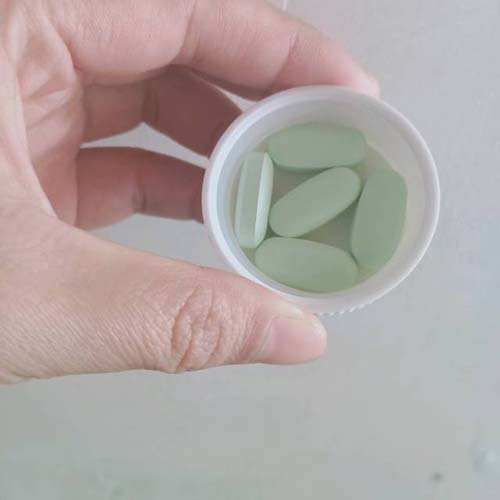
Picture 1 Retinoic acid tablets
Toxicology
Oral retinoic acid has strong teratogenic effects on experimental animals (including mice, rats, hamsters, rabbits, monkeys, etc.) and humans[2]. Topical application of retinoic acid on the skin has clear embryotoxicity and teratogenicity to the mothers of mice, rats, hamsters and rabbits in the embryo sensitive period, and can cause maternal systemic toxicity. However, retrospective data so far have not found teratogenicity after topical administration of human skin. Retinoids are irritating to the skin. The skin reaction of the above-mentioned experimental animals is significantly heavier than the human reaction, which can cause different degrees of skin irritation, inflammation, redness, erosion, weakening of the stratum corneum barrier, increased drug absorption, and systemic toxicity depending on the drug concentration and the number of times of administration. Although external use on human skin is irritating, it does not have the above-mentioned serious reactions. It may be due to differences in skin structure and sensitivity to retinoic acid stimulation between animals and humans. Therefore, the safety data of local administration of retinoic acid in animals and its predictive significance for clinical drug safety should be carefully evaluated.
Interactions with other medicinal products
Retinoic acid and medicinal soaps, cleansers, acne preparations, preparations containing anti-dandruff drugs such as benzoyl peroxide, resorcinol, salicylic acid, sulfur, preparations containing alcohol (such as aftershave lotions, astringents , aromatic cosmetics, shaving cream or lotion), has a strong drying effect. Combining soap and tretinoin can exacerbate skin irritation or dryness. There is a physical incompatibility between retinoic acid and benzoyl peroxide in the same area. The combination of tretinoin and photosensitizers may increase the risk of photosensitivity. Avoid sunlight or sunlamps on the treated area of tretinoin.
Reference
1 Balmer J E, Blomhoff R. Gene expression regulation by retinoic acid[J]. Journal of lipid research, 2002, 43(11): 1773-1808.
2 Niederreither K, Dollé P. Retinoic acid in development: towards an integrated view[J]. Nature Reviews Genetics, 2008, 9(7): 541-553.
- Related articles
- Related Qustion
- Can retinoic acid be used to treat cancer? Jan 15, 2025
Yes. Retinoic acid (RA), also known as all-trans retinoic acid, ATRA, retinoic acid and vitamin A acid, is an endogenous signaling molecule that regulates many developmental processes.
- What is the effect of Retinoic acid on the skin? May 8, 2024
Retinoic acid, also known as all-trans retinoic acid (ATRA), tretinoin, and vitamin A acid, belongs to the group of retinoids, which are defined as synthetic or natural derivatives of vitamin A.
Retinoic acid
302-79-4You may like
- Tretinoin
-

- 2025-12-01
- CAS:302-79-4
- Min. Order:
- Purity: 0.99
- Supply Ability:
- Retinoic acid
-
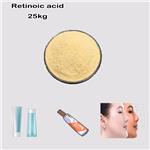
- $0.00 / 25kg
- 2025-12-01
- CAS:302-79-4
- Min. Order: 1kg
- Purity: 97%-103%; USP
- Supply Ability: 500KGS
- Retinoic acid
-
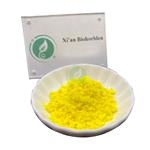
- $0.00 / 100g
- 2025-12-01
- CAS:302-79-4
- Min. Order: 100g
- Purity: 99%
- Supply Ability: 288kg




